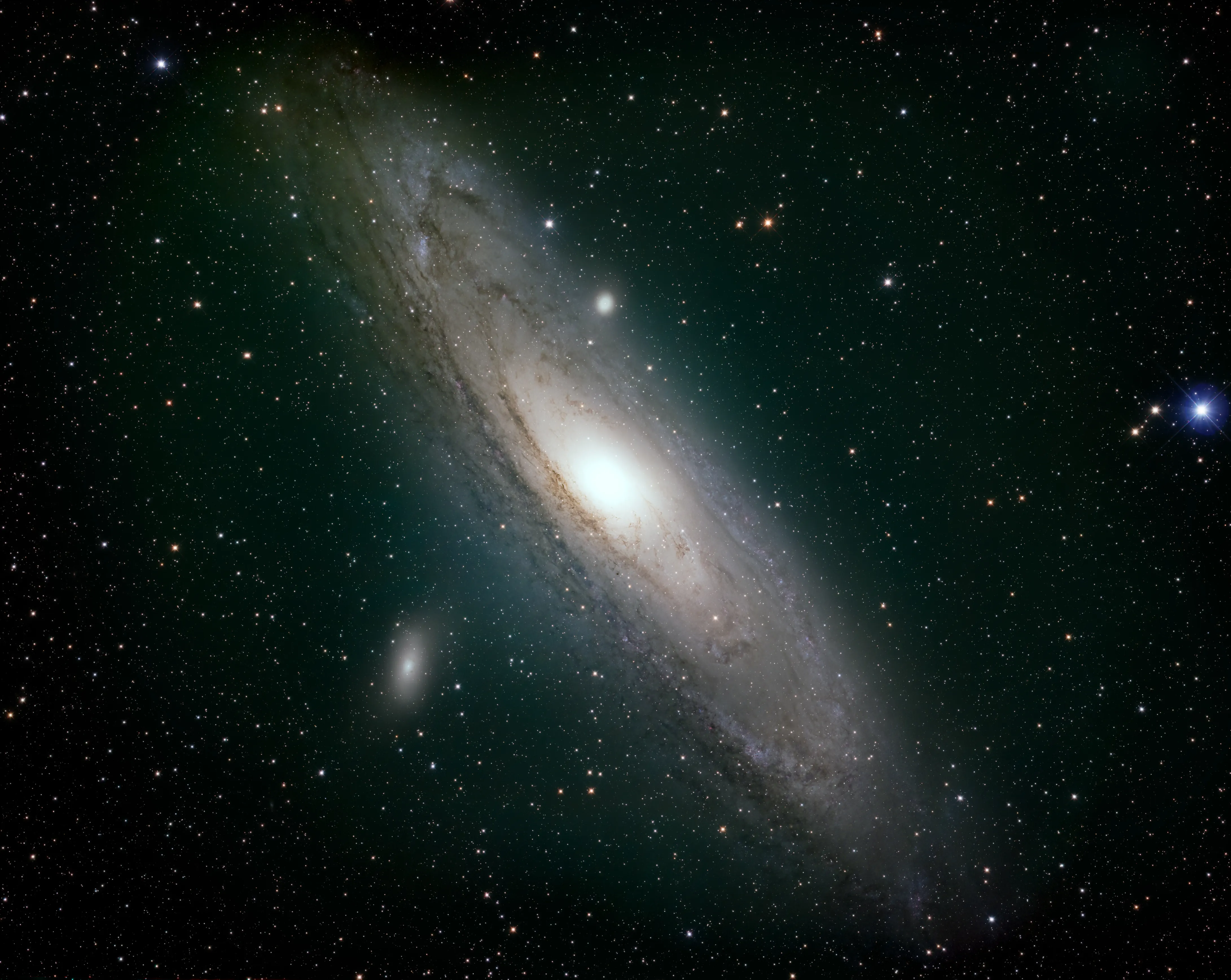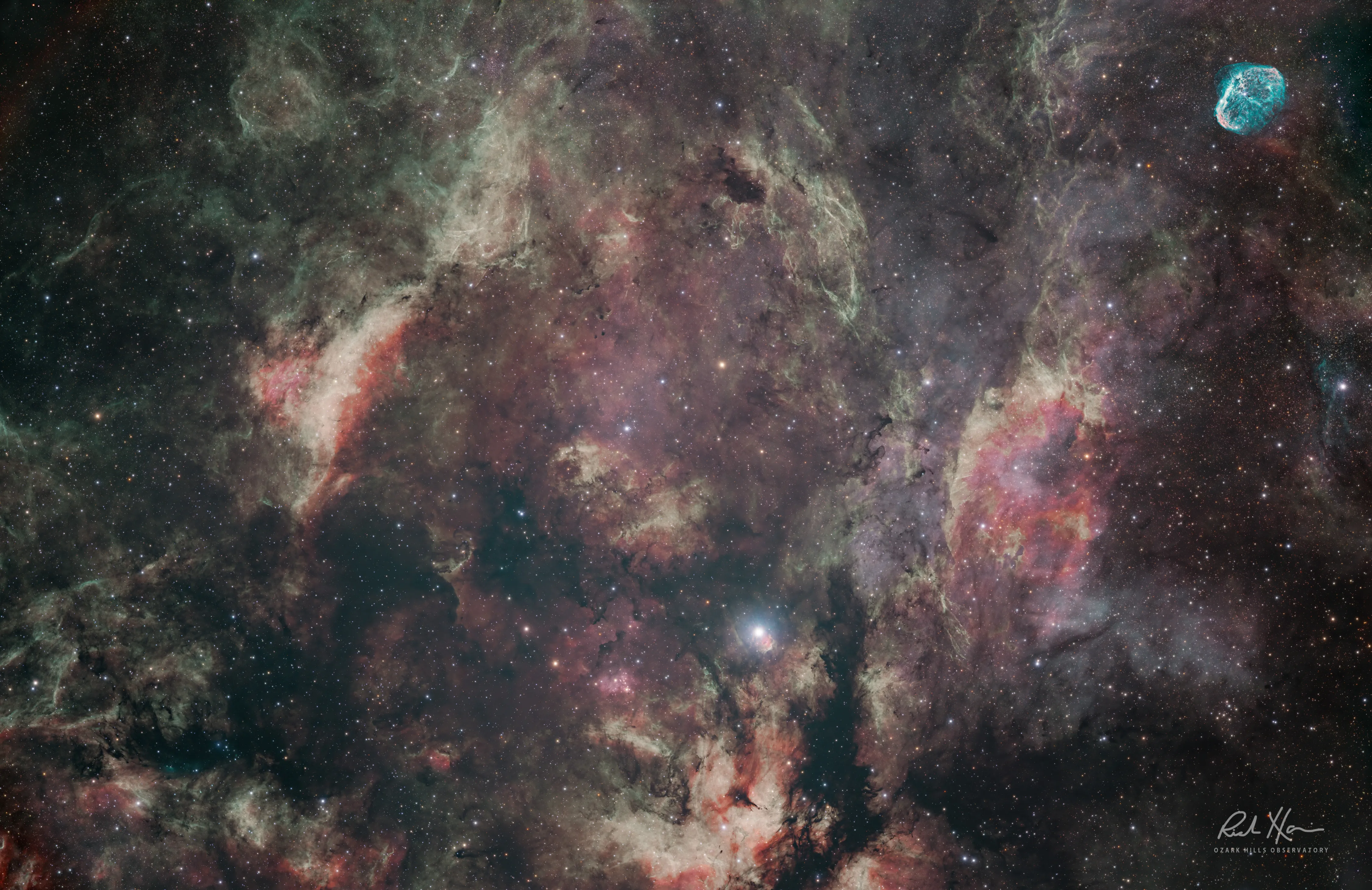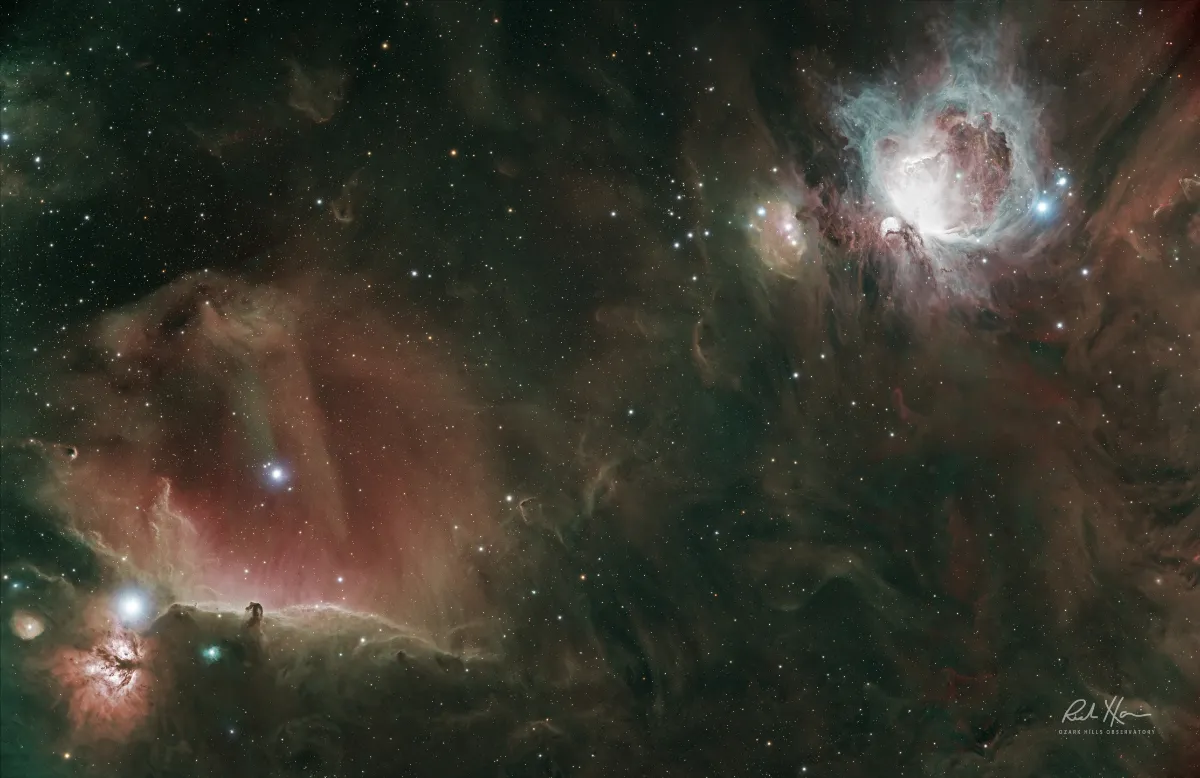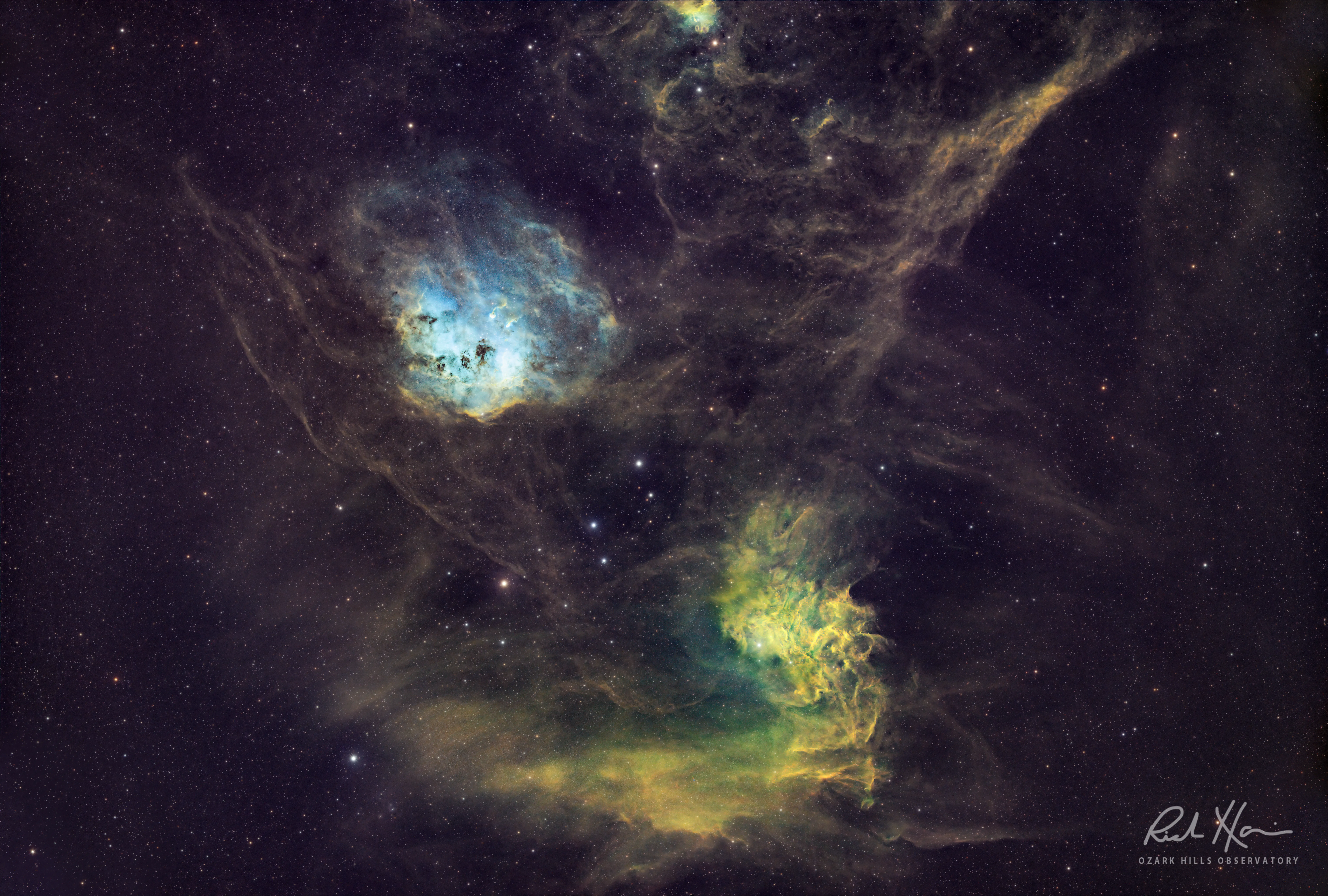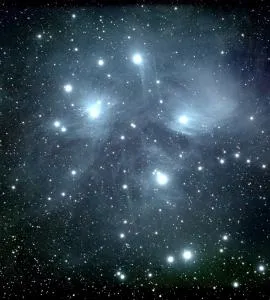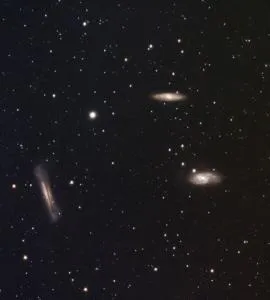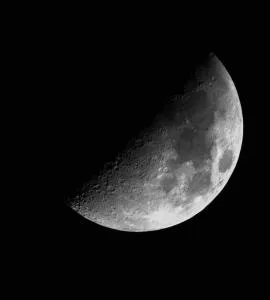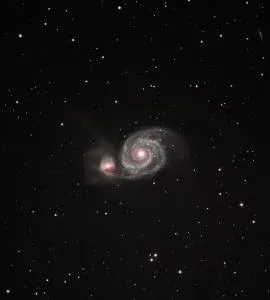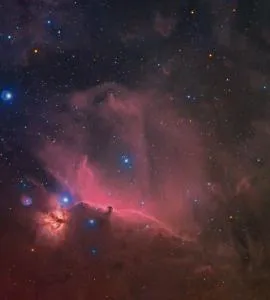Richard Harris's WR 102 image featured at NASA's INTUITIVE Planetarium
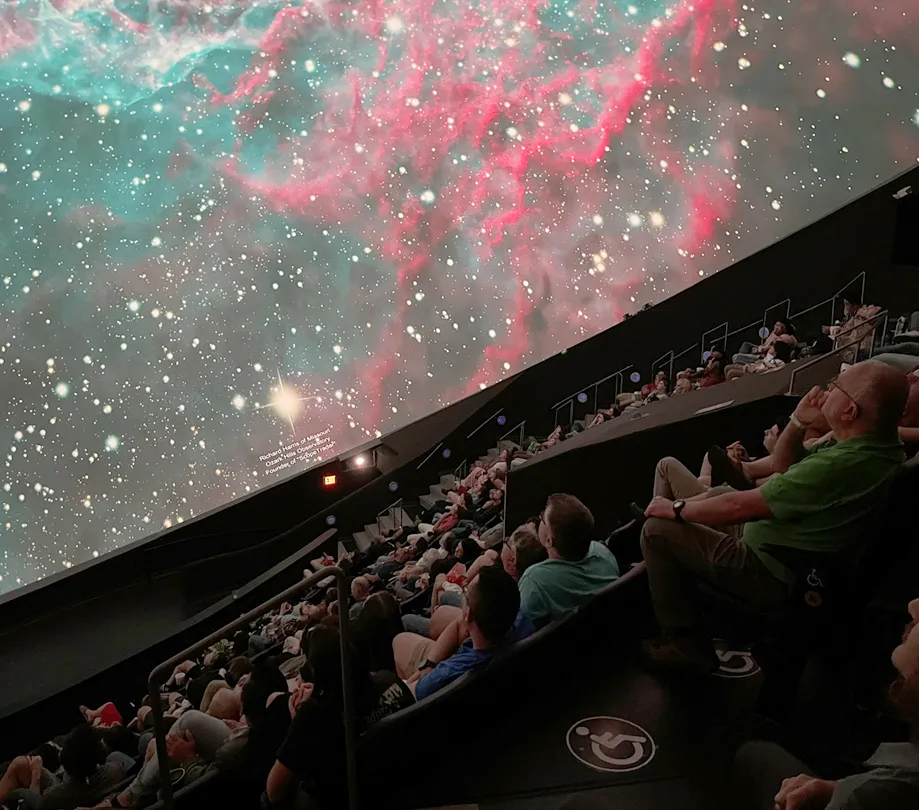
Hottest Star In The Universe: Richard Harris's WR 102 Image Featured At NASA’s INTUITIVE Planetarium and In French School Textbooks - A breathtaking astrophoto from the Ozark Hills Observatory that connects science, art, and education across continents.
As founder of ScopeTrader and operator of the Ozark Hills Observatory in the Missouri Ozarks, I was honored to have one of my astrophotographs showcased at the INTUITIVE Planetarium in the U.S. Space & Rocket Center in Huntsville, Alabama — home of the legendary Space Camp.
The event was part of the planetarium’s popular “Cocktails & Cosmos” series, where science meets art under one of the most advanced projection domes in the world. The evening’s theme, “The Hottest Stars in the Universe,” featured my detailed image of WR 102 — a Wolf–Rayet star located in the constellation Sagittarius near the galactic center. Believed to be the hottest known star in the universe, WR 102 reaches estimated surface temperatures of around 210,000 Kelvin.
The same WR 102 image was also commissioned last year by an educational facility in France and now appears in French school textbooks — a surreal honor that connects my work with students and astronomy enthusiasts across continents.
The INTUITIVE Planetarium itself is one of the most advanced in the world, combining breathtaking visual immersion with scientific storytelling. Its “Cocktails & Cosmos” events offer the public a chance to explore astronomy in a fun, approachable way while learning directly from astronomers and educators.
Captured from my Ozark Hills Observatory using a remote PlaneWave 24-inch telescope, L600 mount, and a Moravian C3-61000 Pro camera, the WR 102 image required over 15 hours of exposure using OIII, Ha, and RGB filters. The result reveals the intricate structure and energy surrounding this extraordinary star — a product of careful technique, patience, and passion for deep-sky imaging.
Seeing my work displayed beneath the dome of the INTUITIVE Planetarium was humbling and inspiring. From a small observatory in rural Missouri to one of the most prestigious space centers in the world, the image of WR 102 stands as proof that curiosity and dedication can bridge great distances — both on Earth and across the universe.
View the entire article about the experience on ScopeTrader's website here.
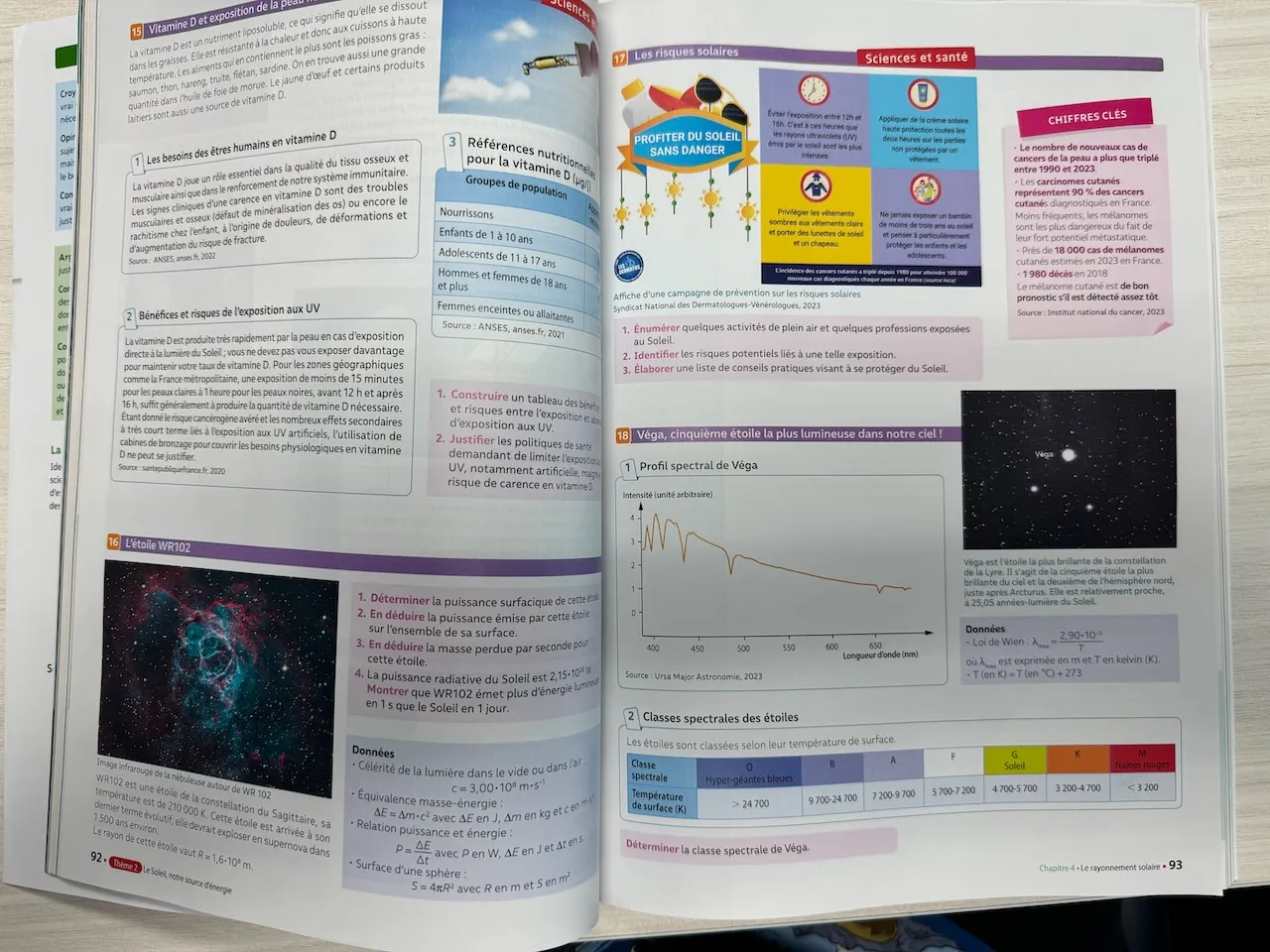
About the Author
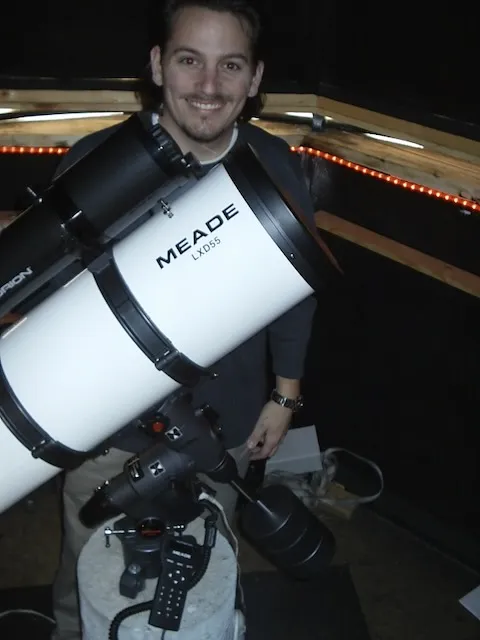
Meet Richard Harris. He is the founder and editor-in-chief of ScopeTrader, with over 30 years of experience in observational astronomy and astrophotography. He serves as the director of the Ozark Hills Observatory, where his research and imagery have been featured in scientific textbooks, academic publications, and educational media. Among his theoretical contributions is a cosmological proposition known as The Harris Paradox, which explores deep-field observational symmetry and time-invariant structures in cosmic evolution. A committed citizen scientist, Harris is actively involved with the Springfield Astronomical Society, the Amateur Astronomers Association, the Astronomical League, and the International Dark-Sky Association. He is a strong advocate for reducing light pollution and enhancing public understanding of the cosmos. In 2001, Harris developed the German Equatorial HyperTune—a precision mechanical enhancement for equatorial telescope mounts that has since become a global standard among amateur and professional astronomers seeking improved tracking and imaging performance. Beyond the observatory, Harris is a serial entrepreneur and founder of several technology ventures, including Moonbeam® (a software company), App Developer Magazine (a leading industry publication for software developers), Chirp GPS (a widely used mobile tracking application), MarketByte, and other startups spanning software, mobile, and cloud-based technologies. Driven by both scientific curiosity and creative innovation, Harris continues to blend the frontiers of astronomy and technology, inspiring others to explore the universe and rethink the possibilities within it. When he's not taking photos of our universe, you can find him with family, playing guitar, or traveling.

